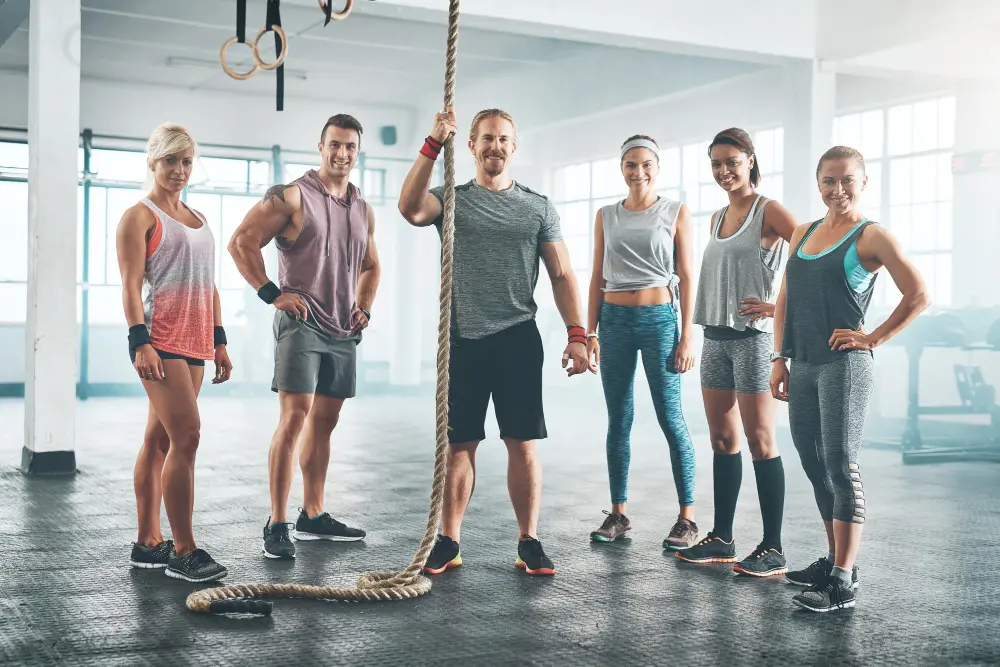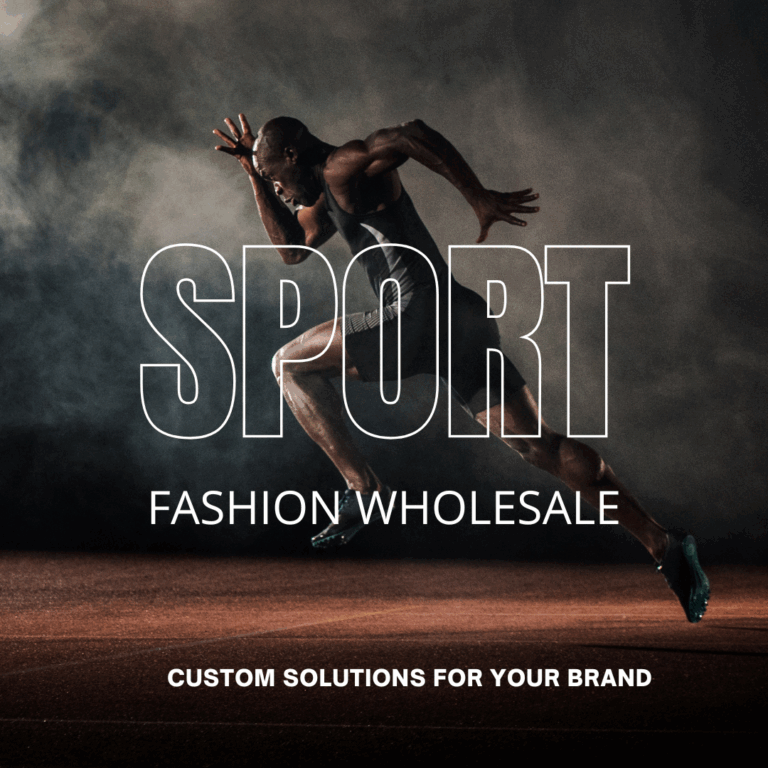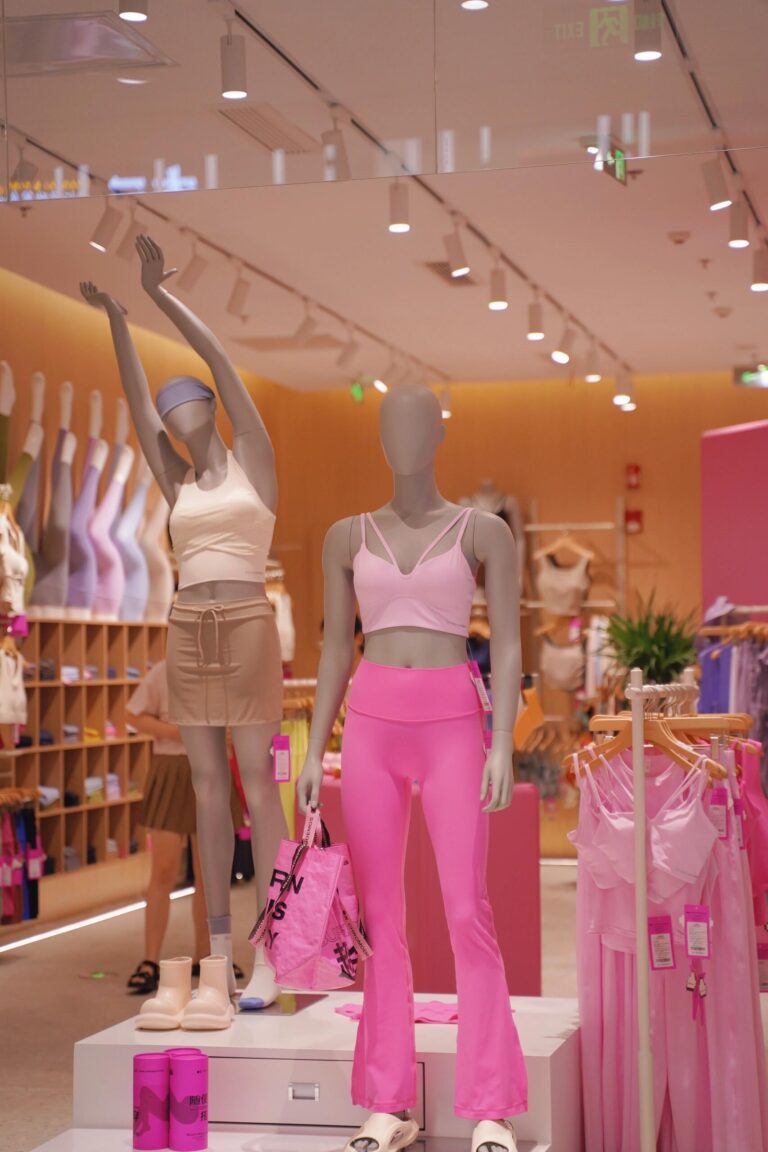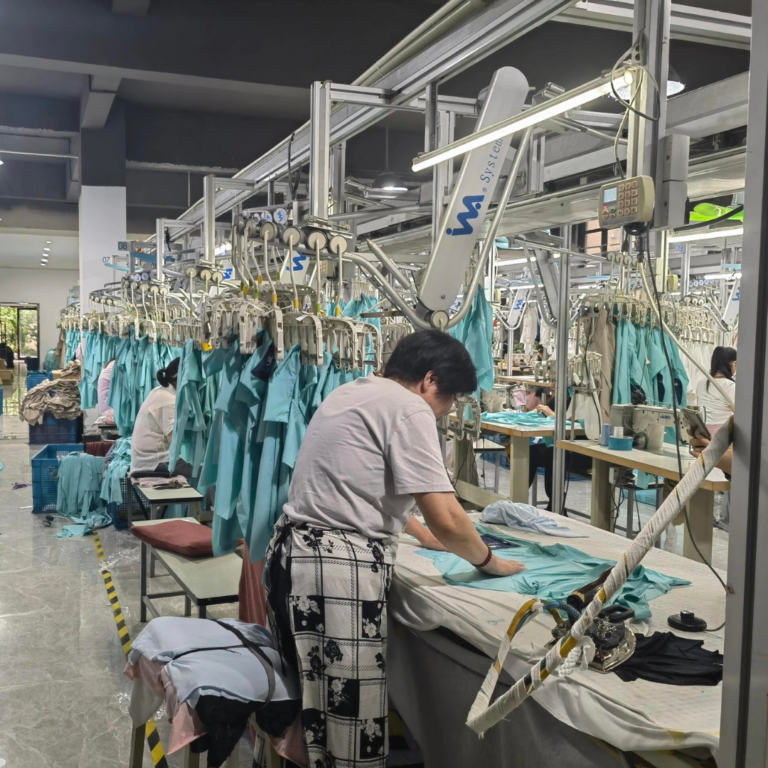The Ultimate Guide to Choosing a Manufacturer Sportswear Supplier
If you’re in the market for a manufacturer sportswear supplier, you know that finding the right one can be a challenge. With so many options available, it can be difficult to know where to start. This guide will provide you with the information you need to make an informed decision and choose the best supplier for your business.
Determine Your Needs and Goals
Before you start searching for a manufacturer sportswear supplier, it’s important to determine your needs and goals. Consider factors such as the type of sportswear you need, the quantity you require, your budget, and your timeline. You should also think about any specific requirements you have, such as eco-friendly materials or customization options. By having a clear understanding of your needs and goals, you’ll be able to narrow down your options and find a supplier that can meet your specific requirements.
Research Potential Suppliers
Once you have a clear understanding of your needs and goals, it’s time to start researching potential manufacturer sportswear suppliers. Look for suppliers that have experience in producing the type of sportswear you need and have a good reputation in the industry. You can start by searching online, asking for recommendations from other businesses in your industry, or attending trade shows and events. Make a list of potential suppliers and gather as much information as possible about each one, including their pricing, lead times, and minimum order requirements. This will help you make an informed decision and choose the best supplier for your business.
Evaluate Supplier Capabilities and Quality
When choosing a manufacturer sportswear supplier, it’s important to evaluate their capabilities and quality. Look for suppliers that have experience in producing high-quality sportswear that meets your specific needs and requirements. Ask for samples of their work and check for any defects or inconsistencies. Additionally, consider their production capacity and lead times to ensure they can meet your demand. Don’t be afraid to ask for references or testimonials from other businesses they have worked with to get a better understanding of their capabilities and quality.
Consider Pricing and Payment Terms
While quality and capabilities are important factors to consider when choosing a manufacturer sportswear supplier, pricing and payment terms are also crucial. You want to find a supplier that offers competitive pricing without sacrificing quality. Additionally, consider their payment terms and whether they align with your business’s financial needs. Some suppliers may require upfront payment or have strict payment deadlines, so make sure to clarify these details before making a decision. It’s also important to consider any additional fees or charges, such as shipping or handling fees, that may impact the overall cost.
Communicate Clearly and Establish a Strong Relationship
Communication is key when working with a manufacturer sportswear supplier. Make sure to establish clear lines of communication from the beginning and maintain regular contact throughout the process. This will help ensure that your needs and expectations are being met and any issues can be addressed in a timely manner. Building a strong relationship with your supplier can also lead to better pricing and more favorable terms in the future. Don’t be afraid to ask questions and provide feedback to help improve the partnership.
History of Sports Clothing
Sportswear has come a long way since its origins as a term for a casual outfit. Today, it encompasses both the fashion and sporting industries, and is a major part of pop culture. Manufacturers of sportswear have played a significant role in shaping the evolution of this industry, constantly innovating and adapting to changing trends and consumer demands.
Sportswear is a type of clothing that is designed and made for both athletic activities and everyday wear. It is often associated with fashion and style, and can be worn for a variety of occasions. In contrast, activewear is specifically designed for physical activity and sports, and may not be as versatile for everyday wear. Many manufacturers produce sportswear lines that combine both functionality and fashion, allowing individuals to look and feel good while staying active.
Sportswear has come a long way since its early days as a niche market. In the 1920s, Coco Chanel revolutionized the industry by introducing more casual, comfortable clothing for women. Her two-piece sets, known as sportswear, were a hit among women who wanted to look stylish while staying active. As other fashion houses followed suit, sportswear became more accessible to the masses, paving the way for the modern-day sportswear industry. Today, manufacturers of sportswear cater to a wide range of customers, from professional athletes to casual gym-goers.
In the 1970s, fashion brands like Ralph Lauren, Calvin Klein, and later Tommy Hilfiger, started to incorporate a more relaxed and casual sportswear style into their collections. This aesthetic has now become a defining characteristic of these brands and is often associated with their identities.
The sportswear industry heavily relies on the quality of fabrics used in their products. With the advancement of technology, high-performance fabrics have become a standard in the market, allowing sportswear manufacturers to constantly innovate and create new designs. These fabrics include moisture-wicking materials that keep athletes comfortable and dry, as well as neoprene, which provides insulation and waterproofing. With these options, sportswear designers have the ability to create performance clothing that meets the needs of athletes in various sports and activities.
The sportswear industry has seen a surge in popularity, with activewear becoming a staple in not only sports but also in everyday fashion. The market for sports clothing has generated over 174 billion US dollars in revenue in 2018 alone, making it a highly competitive industry with major players like Nike, Adidas, and Puma. As new and emerging brands enter the market, they face the challenge of standing out and carving a successful niche in this ever-growing industry.
Types of Performance Fabric
For manufacturers of sportswear, it’s important to consider fabrics with a range of technical attributes when designing performance clothing. Some of the most popular options for creating a high-quality fitness line include materials that offer moisture-wicking, breathability, and stretch. By choosing the right fabrics, you can ensure that your sportswear not only looks great but also performs at the highest level.
When it comes to sportswear, manufacturers often turn to nylon as a go-to fabric. This synthetic material is known for its breathability, quick-drying properties, and softness against the skin, making it a comfortable and flexible choice for athletes and fitness enthusiasts alike.
When it comes to manufacturing sportswear, polyester is a popular choice of fabric. This material is particularly well-suited for outdoor sports gear, as it offers a lightweight and durable barrier against the elements. Whether you’re running, hiking, or playing a game of soccer, polyester sportswear can help keep you comfortable and protected.
When it comes to creating sportswear that can withstand water, manufacturers often turn to polypropylene. This synthetic fabric is known for its water-resistant properties, making it a popular choice for creating clothing that can keep athletes dry and comfortable during even the most intense workouts.
Sportswear manufacturers often choose spandex, also known as Lycra, as a go-to fabric for their products. This is because spandex is highly flexible and breathable, allowing for ease of movement during physical activity. Additionally, spandex has moisture-wicking properties and dries quickly, making it a practical choice for sportswear.
Manufacturers of sportswear are increasingly looking for eco-friendly alternatives when it comes to fabric options. Here are some top choices for brands seeking sustainable options:
When it comes to sportswear, manufacturers are always looking for innovative materials to improve performance and comfort. One such material is bamboo fabric, which boasts a range of natural benefits. Not only does it provide UV protection, but it also regulates temperature and repels odors. And to top it off, it feels silky smooth against the skin, making it a popular choice for athletes and fitness enthusiasts alike.
When it comes to manufacturing sportswear, TENCEL is a popular fabric choice. Made from wood pulp, this fabric has a luxurious feel and is perfect for performance wear thanks to its ability to wick away moisture and allow for breathability. Additionally, TENCEL is biodegradable, making it an eco-friendly option for those looking to reduce their environmental impact.
Design Details
As the demand for sportswear continues to grow, manufacturers are realizing the importance of not only practicality but also fashion. With fitness becoming an integral part of modern lifestyles, consumers are looking for clothing that not only performs well but also looks good. To succeed in this market, manufacturers must pay attention to the smallest details and stay on top of the latest trends.
Conclusion
In summary, choosing the right manufacturer sportswear supplier is a critical step for businesses looking to produce high-quality, fashionable, and functional sportswear. By determining your needs and goals, researching potential suppliers, evaluating their capabilities and quality, considering pricing and payment terms, and establishing a strong relationship, you can make an informed decision and select the best supplier for your business. Additionally, staying updated on the latest trends, materials, and design details in the sportswear industry will help you create products that resonate with your target audience, ultimately leading to success in this competitive market.



